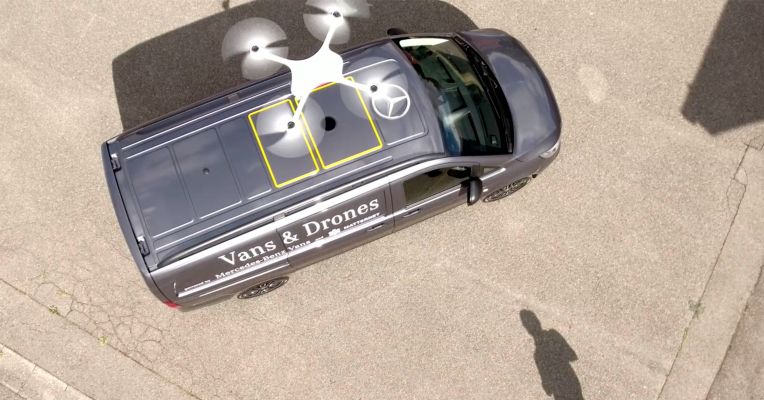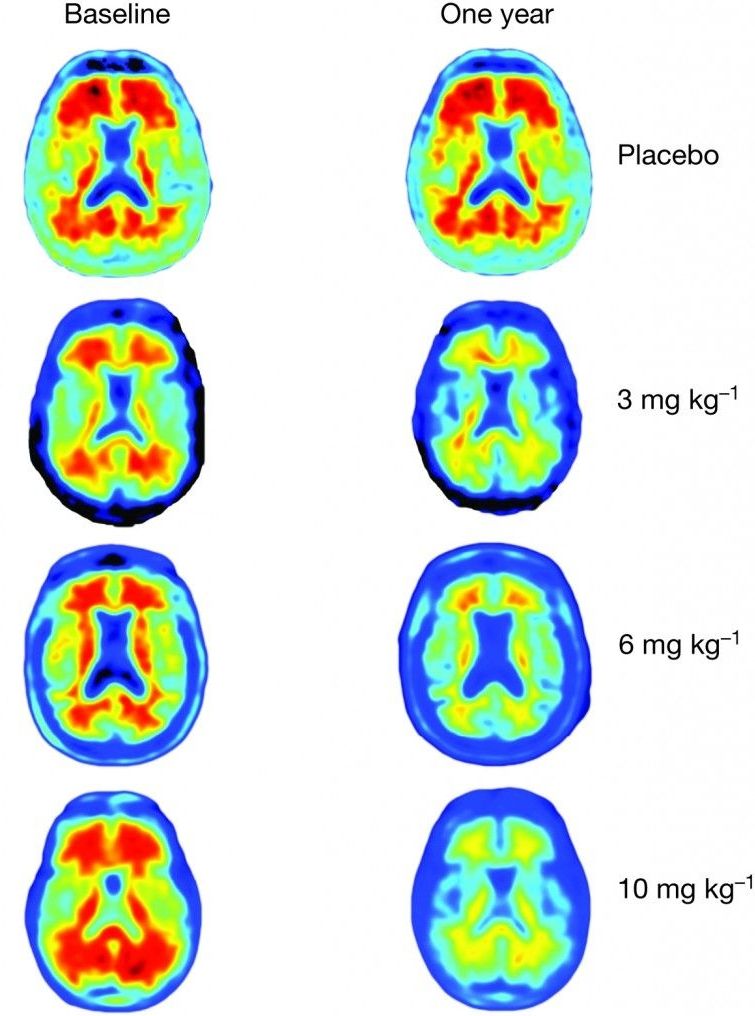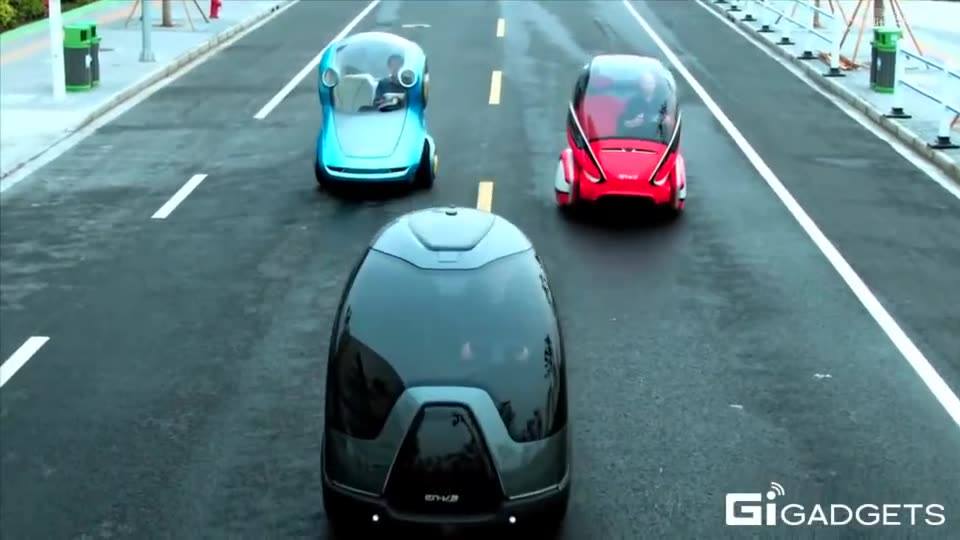I am glad that more folks are beginning to start to understand the magnitude and depth of the risk & exposure that QC presents even within the next 4 to 5 years. However, what about everyone else? Folks need to understand that the transformation to QC in the infrastructure alone is a substantial investment and timeline. So, as I have highlighted many times; I hope folks have baked in QC into their future state architectures & investments because a transformation (depending on company size and complexity) could span many, many years.
The study purports there is a 50 per cent risk that many of the cybersecurity tools used by financial institutions, online retailers and government agencies will be obsolete by 2031.
September 6, 2016 by Canadian Manufacturing.com Staff.







